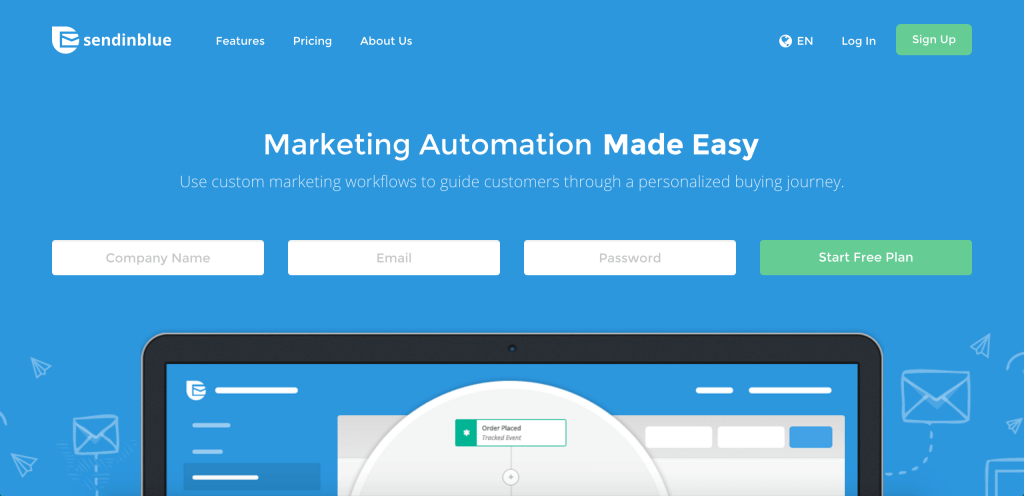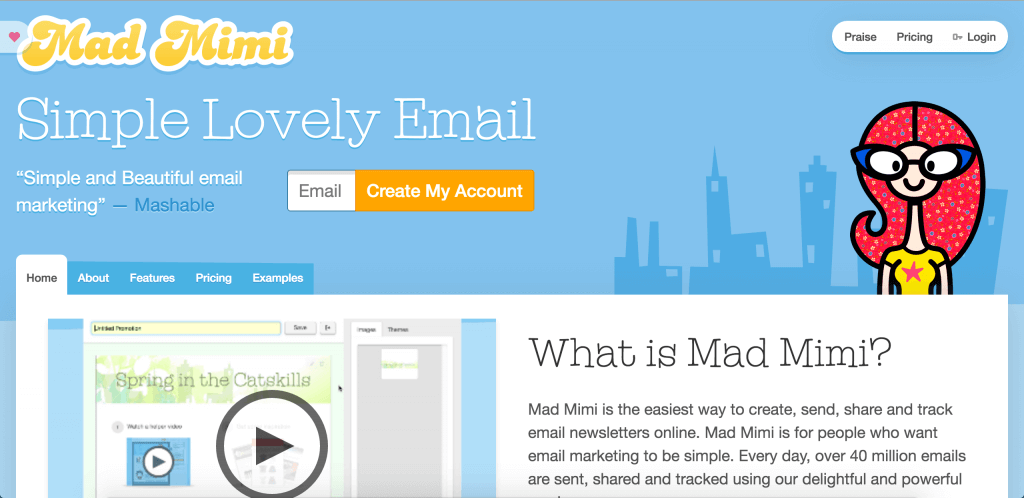


Mailchimp makes compliance easy by automatically including the required information in the footer of every email.īefore learning how to use Mailchimp to send drip campaigns or email blasts, let’s review the process of building an “Audience,” which is what Mailchimp calls contact lists. Emails must also be identified as advertisements and provide a clear way to unsubscribe or opt out. box registered through the US Postal Service. Per the Federal Trade Commission (FTC), it must be a street address or a P.O. Finally, you can also opt in to receive emails from Mailchimp that will help you learn more about the software.ĭid you know? Business marketing emails must provide a physical address per the CAN-SPAM Act of 2003. Mailchimp also asks a few questions about your business, such as how many contacts you have and what type of business you run. Adding your website and phone number are optional, but all United States-based businesses must add a street or post office (P.O.) box address. However, to schedule emails to be sent at a specific time, set up multistep automation, or access its library of more than 100 premade templates requires an upgrade to a paid plan.Īfter verifying your account, you’ll be asked to complete your profile by adding some personal details and your business’ website. The free plan includes access to many features, including single-step automation, the intuitive email editor, and basic reports. With Mailchimp’s free plan, you can send up to 10,000 emails per month and create one audience (aka contact list) with up to 2,000 contacts. This is what the Mailchimp signup page looks like.


 0 kommentar(er)
0 kommentar(er)
